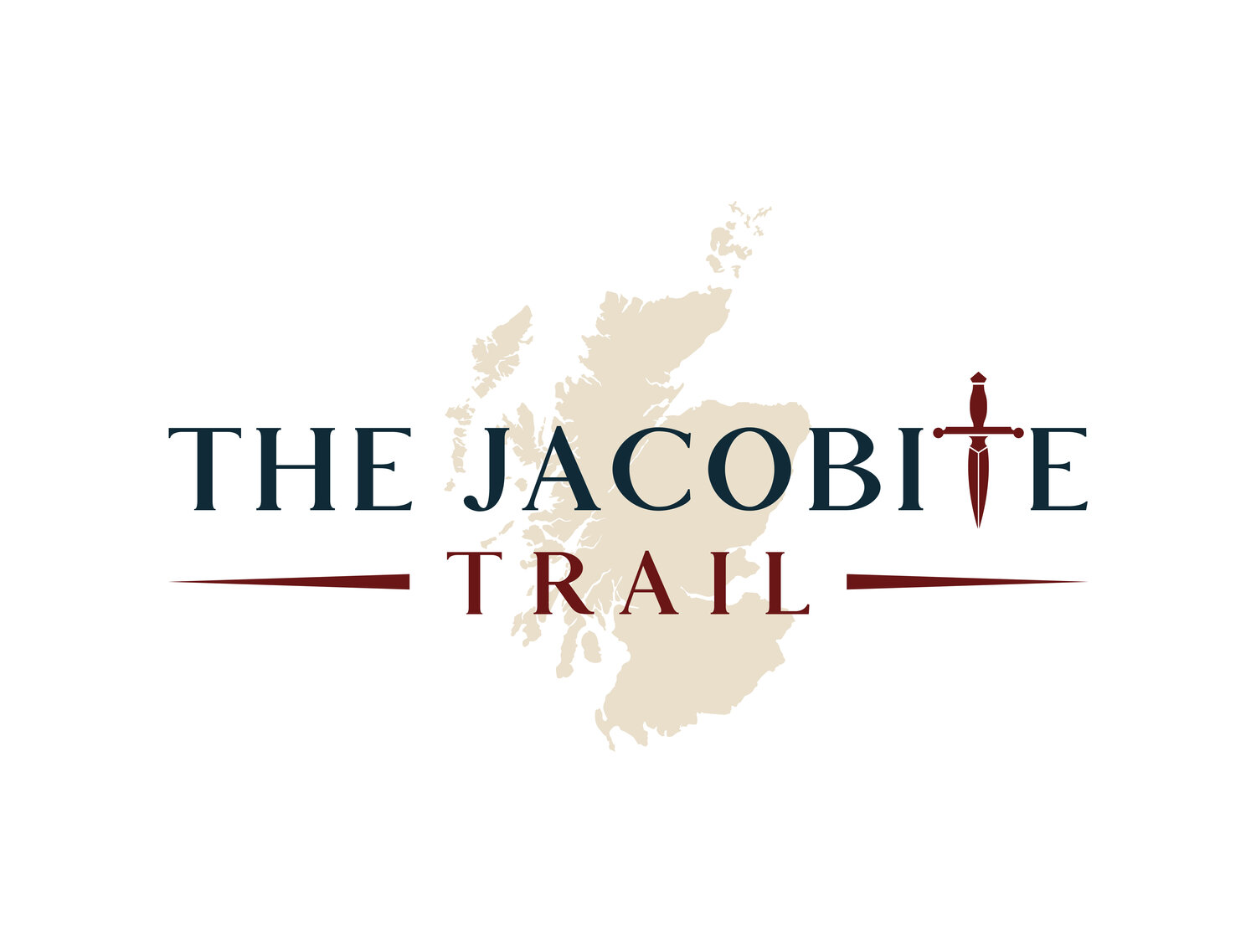
Stirling Castle
• Central and West •
Located in Stirling, high up on Castle Hill, sits the impressive Stirling Castle. It was an important fortification for Scotland in centuries gone by, and there are even some parts of the castle today which were built in the 14th century. The castle has withstood eight sieges, many of which occurred during the Wars of Scottish Independence.
With three steep cliffs surrounding the castle, it sits in a strong defensive position, hence the reason it has been so important. Prior to Scotland’s union with England, Stirling Castle was frequently used as a royal residence. Many kings and queens were crowned at the castle, including one of Scotland’s most famous monarchs, Mary, Queen of Scots.
Today, Stirling Castle is managed by Historic Environment Scotland and is visited by an estimated half a million visitors annually.
Stirling Castle and the Jacobites
In 1707 the Acts of Union merged the Scottish and English Parliaments, and Stirling Castle became the most northerly of the four Scottish fortresses to be permanently garrisoned by troops of the new British army. During the Jacobite Rising of 1715, an attempt was made by the Jacobites to take Stirling Castle.
The Earl of Mar and around 8000 troops marched towards Stirling with the intention of capturing it. A small Government army of around 3000, headed by the Duke of Argyll, was waiting and intercepted them at Sheriffmuir, near Dunblane. The battle was though inconclusive; the Government army lost more men and had to retreat, but the Jacobite army did not gain the outright victory it needed to go on and take Stirling Castle.
After the failure of this rising, the Jacobite had to wait until 1745 for another opportunity to restore the exiled Stuarts when Charles Edward Stuart travelled to Scotland to rouse them once again to fight on behalf of his father.
At the beginning of 1746, having failed to occupy Edinburgh Castle a few months earlier, the Jacobites laid siege to Stirling Castle, then under the command of Major General William Blakeney. To relieve Blakeney, Lieutenant General Henry Hawley brought 7000 men to fight the Jacobites. The two armies fought at Falkirk Muir on 17 January, and the Jacobites were victorious.
Though they had won at Falkirk the Jacobite commanders soon realised Stirling Castle was too strong for them to take and abandoned their siege on the 1st February. They instead decided to go north to their Highland strongholds and renew the campaign in the spring.
Pricing & Opening Times
Getting There
Location
Stirling Castle,
Castle Esplanade,
Stirling,
FK8 1EJ
What3Words reference
spun.putty.prompting
